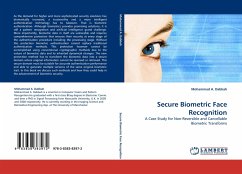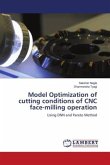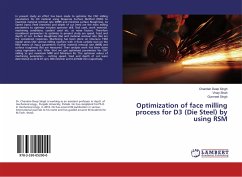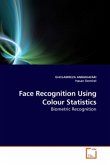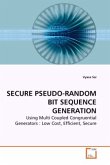As the demand for higher and more sophisticated security solutions has dramatically increased, a trustworthy and a more intelligent authentication technology has to takeover. That is biometric authentication. Although biometrics provides promising solutions, it is still a pattern recognition and artificial intelligence grand challenge. More importantly, biometric data in itself are vulnerable and requires comprehensive protection that ensures their security at every stage of the authentication procedure including the processing stage. Without this protection biometric authentication cannot replace traditional authentication methods. This protection however cannot be accomplished using conventional cryptographic methods due to the nature of biometric data and its inherited dynamical changes. The new protection method has to transform the biometric data into a secure domain where original information cannot be reversed or retrieved. This secure domain must be suitable for accurate authentication performance and able to generate multiple versions of the same original biometric trait. In this book we discuss such methods and how they could help in the advancement of biometric security.
Bitte wählen Sie Ihr Anliegen aus.
Rechnungen
Retourenschein anfordern
Bestellstatus
Storno

